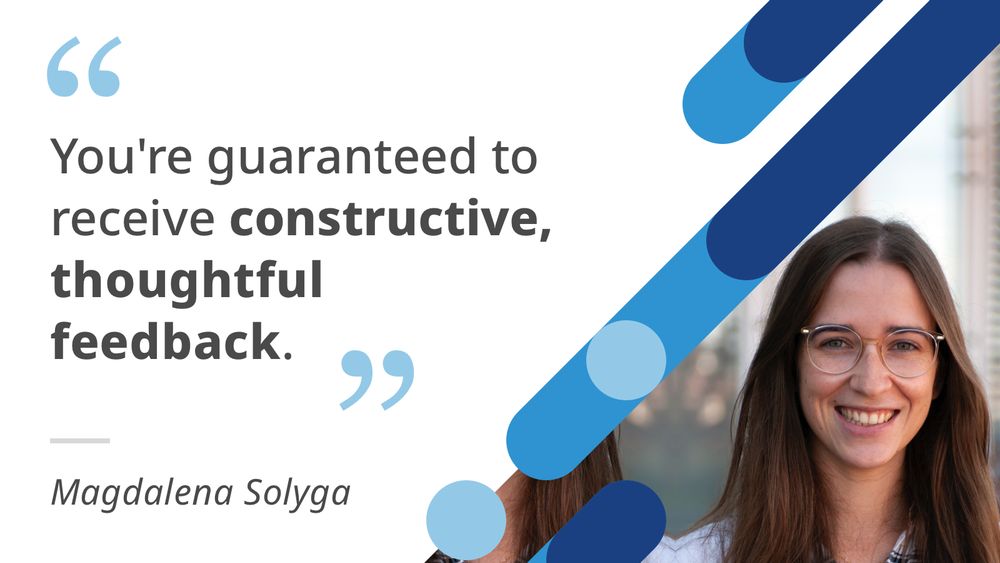Georg Keller
@georgkeller.bsky.social
570 followers
230 following
38 posts
Neuroscientist studying the mechanisms of psychiatric treatments.
apredictiveprocessinglab.org
Posts
Media
Videos
Starter Packs
Reposted by Georg Keller
Reposted by Georg Keller
Reposted by Georg Keller
Georg Keller
@georgkeller.bsky.social
· Aug 19
Georg Keller
@georgkeller.bsky.social
· Jul 30
Georg Keller
@georgkeller.bsky.social
· Jul 30
Georg Keller
@georgkeller.bsky.social
· Jul 30
Georg Keller
@georgkeller.bsky.social
· Jul 30
Georg Keller
@georgkeller.bsky.social
· Jul 30
Georg Keller
@georgkeller.bsky.social
· Jul 29
Georg Keller
@georgkeller.bsky.social
· Jul 29
Georg Keller
@georgkeller.bsky.social
· Jul 29
Georg Keller
@georgkeller.bsky.social
· Jul 29
Georg Keller
@georgkeller.bsky.social
· Jul 29
Georg Keller
@georgkeller.bsky.social
· Jul 29
Georg Keller
@georgkeller.bsky.social
· Jul 29
Georg Keller
@georgkeller.bsky.social
· Jul 29
Georg Keller
@georgkeller.bsky.social
· Jul 29
Georg Keller
@georgkeller.bsky.social
· Jul 29

A cortical circuit for audio-visual predictions - PubMed
Learned associations between stimuli in different sensory modalities can shape the way we perceive these stimuli. However, it is not well understood how these interactions are mediated or at what leve...
pubmed.ncbi.nlm.nih.gov
Georg Keller
@georgkeller.bsky.social
· Jul 29
Georg Keller
@georgkeller.bsky.social
· Jul 29
Georg Keller
@georgkeller.bsky.social
· Jul 16

Predictive Processing: A Circuit Approach to Psychosis - PubMed
Predictive processing is a computational framework that aims to explain how the brain processes sensory information by making predictions about the environment and minimizing prediction errors. It can...
pubmed.ncbi.nlm.nih.gov
Reposted by Georg Keller
Dan Goodman
@neural-reckoning.org
· Jul 16
Georg Keller
@georgkeller.bsky.social
· Jul 16


